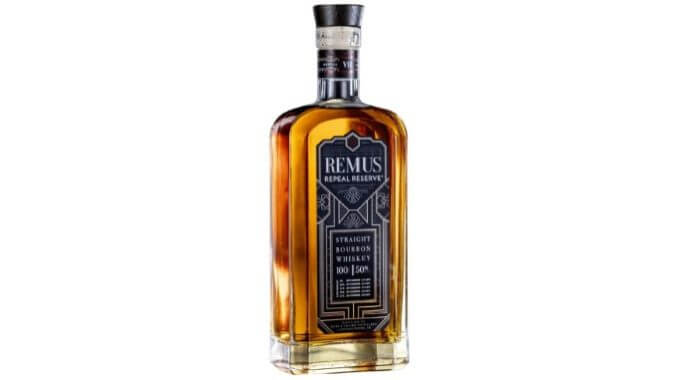Remus Repeal Reserve (Series VII) Bourbon Review
Photos via Ross & Squibb Distillery, Luxco
From pretty much the start, I’ve been an admirer of MGP of Indiana’s house bourbon brands under the George Remus line, though the distillery itself now goes by the name of Ross & Squibb. For too many years, the massive Lawrenceburg, Indiana facility had produced some of the best bourbon in the world, in a very wide array of mash bills, without receiving the credit they were really due from the average consumer. The Remus series helped to truly bring the MGP reputation for quality bourbon forward into the light, while crystalizing the high-rye house style. And in recent years, it’s been the Remus Repeal Reserve series that has really been the standard bearer.
With that said, whiskey geeks are notoriously fickle, and many loud bourbon voices of the web have seemed particularly apt to draw big distinctions in the relative quality of each Remus Repeal Reserve batch. I have not known quite how to react to this in recent years, because personally, I’ve greatly enjoyed pretty much every batch of the Repeal Reserve series. It may be that these just scratch a particular itch for my own personal taste, and I’ve particularly admired the way their consistent 100 proof point has made an argument that not all limited release expressions need to be cask strength in order to be perceived as “special.”
So with that said, what do we find in the latest Series VII bottle? This year’s blend boils down to the following:
2007 Bourbon: 75% corn, 21% rye, 4% malted barley (6%)
2013 Bourbon: 75% corn, 21% rye, 4% malted barley (26%)
2013 Bourbon: 60% corn, 36% rye, 4% malted barley (26%)
2014 Bourbon: 75% corn, 21% rye, 4% malted barley (21%)
2014 Bourbon: 60% corn, 36% rye, 4% malted barley (21%)
Which is to say, it’s mostly 9 and 10-year-old bourbon from two of MGP’s high-rye mash bills, with a little extra-aged whiskey included as well to lend a bit of oaky complexity. This has been the standard template for constructing these bourbons in recent years, though some of the purists are still hung up on 2020’s Series V, which had an older average age statement, as the be-all, end-all of the series.